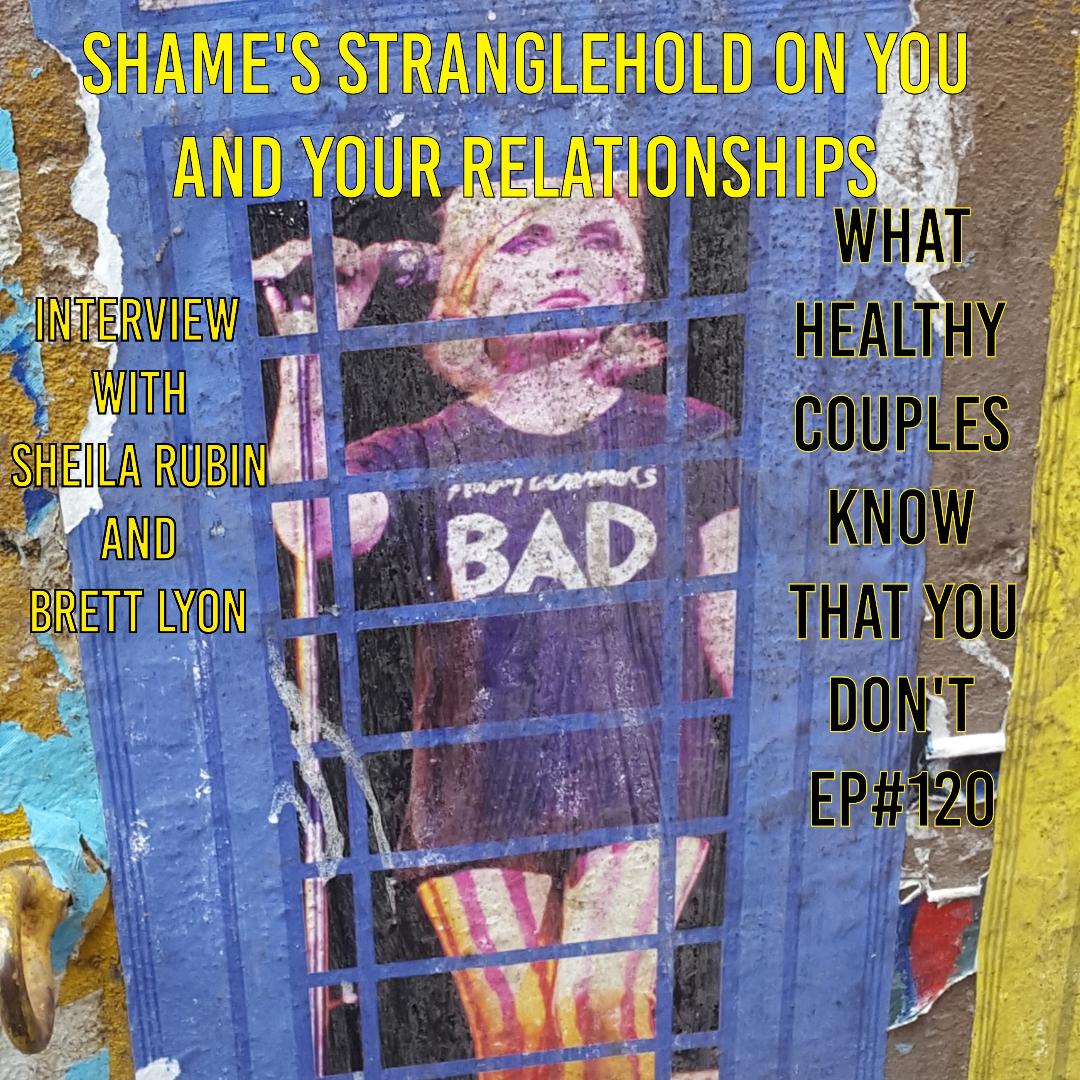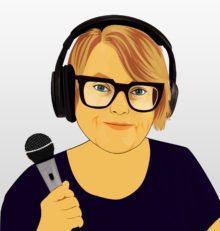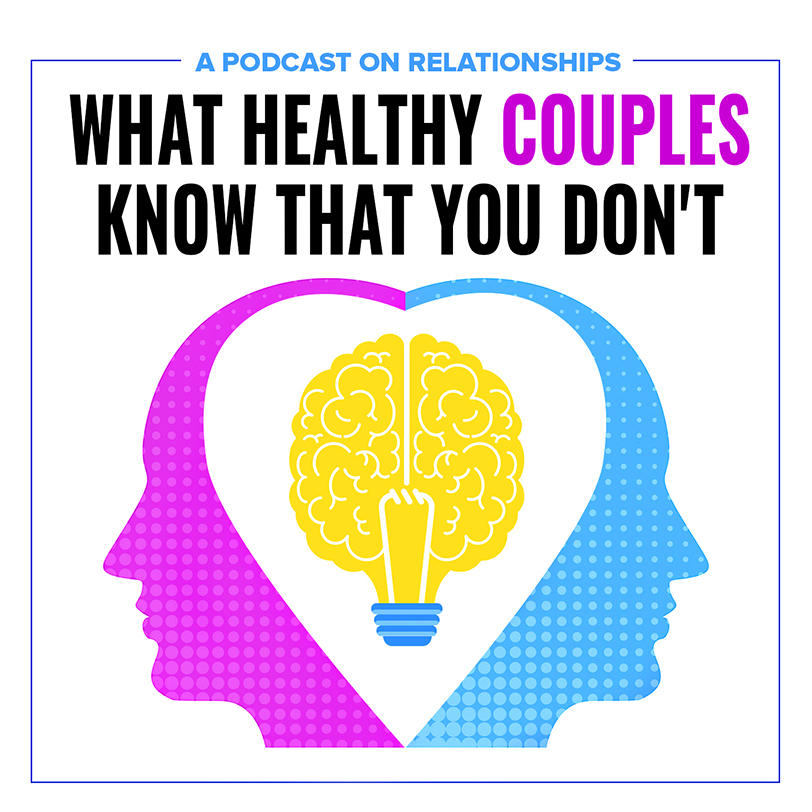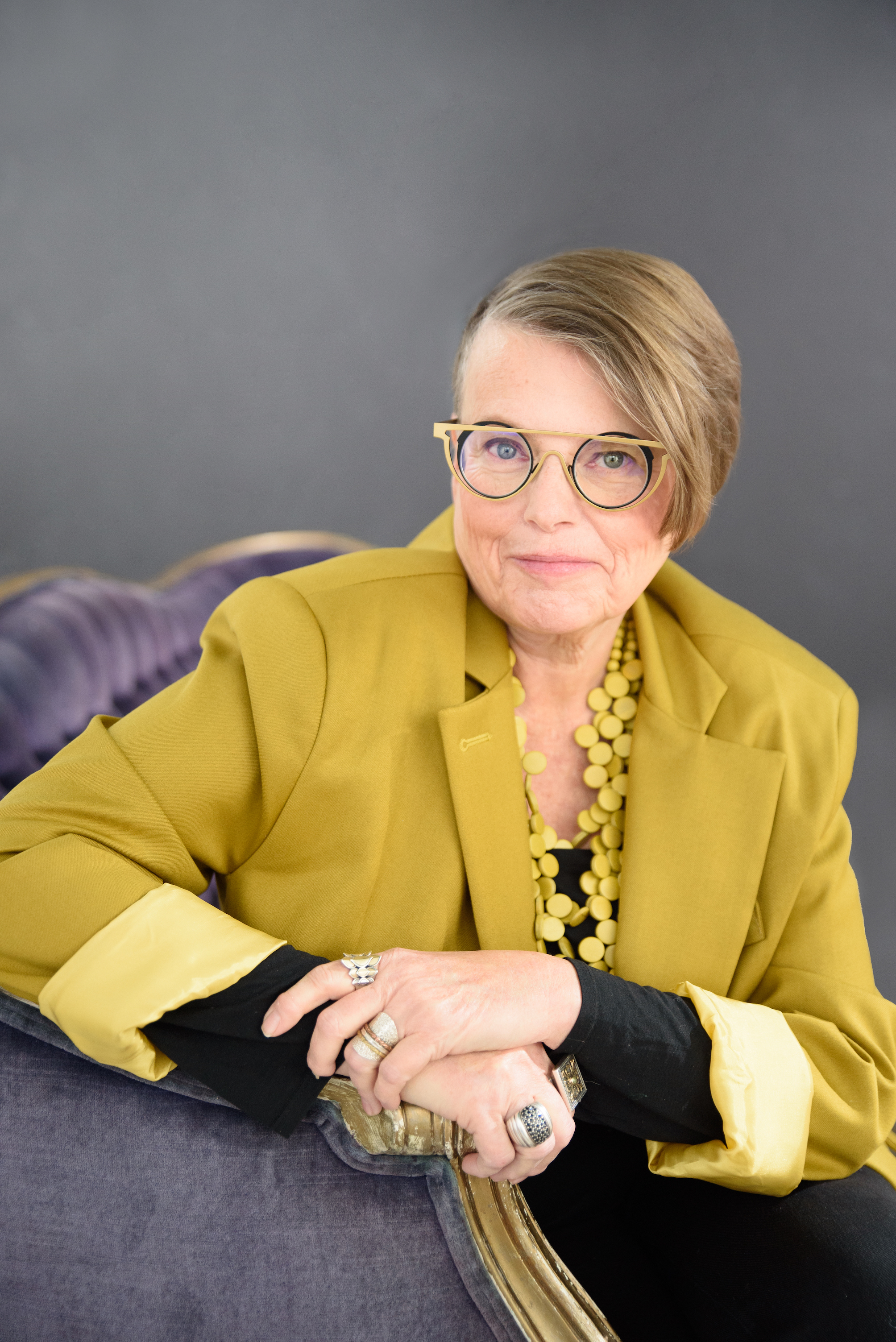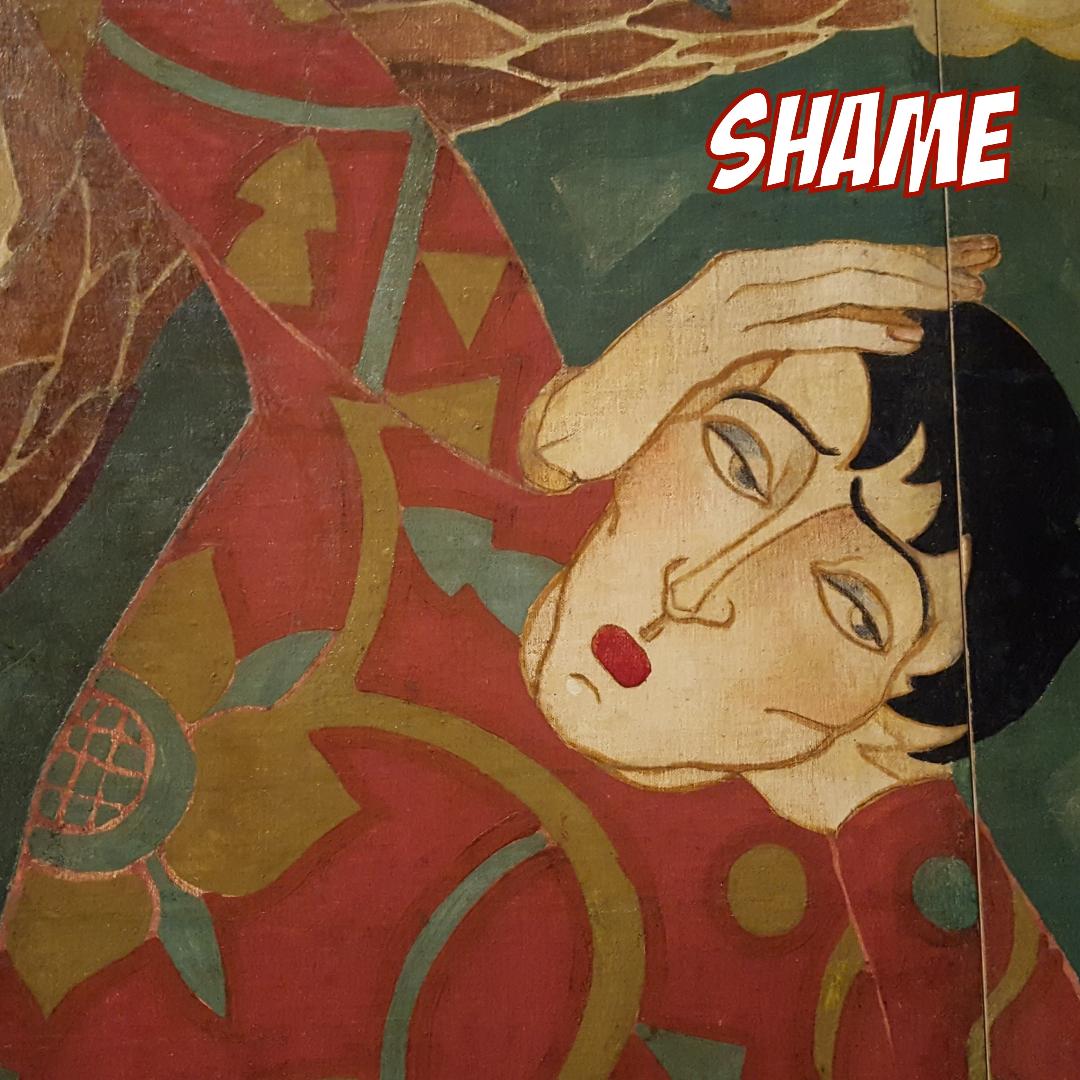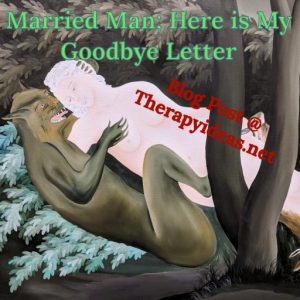Codependency is self love deficiency; this is the new definition created by my guest Ross Rosenberg. This offers us a fresh way of thinking about codependency that can suggest guideposts as to what might be the beginning of real change so the same old mistakes won’t get repeated.
Share the Love & Spread the Word
PLEASE Tweet or SHARE on Facebook (sooooo helpful)
Subscribe on Apple Podcasts: HERE & please leave a review.
or Google Podcasts or Anywhere Podcasts are Heard! Spotify, Pandora Alexa etc. THANKS!
Ross: Let me first explain how I completely gutted the term codependency, redefined it in my first human magnets in the book, and then how I then took the new definition and change the name to self-love deficit disorder or SLD and the person is self-deficient or the SLDB. So codependency, the problem with that, is it meant too many things to too many people. The word itself makes no sense. It comes from… in the seventies. It actually traces back literally to meaning the partner of an alcoholic. And then it became the partner of an addict, co-alcoholism.
In the eighties, they developed the term chemical dependency and then it became co-chemically dependent, the partner of the attic, and then it became codependent. So the word is misused. It has nothing to do with people being dependent on others.
And being a partner of an alcoholic does not make you automatically codependent. So what I did was in my human magnets, in her book, I had to simplify the definition so that when people… because depending on what book you pick up on codependency, you’ll get a different definition. And I simplified it. Codependency is an individual emotional or psychological disorder that manifests in relationships.
It is when you give all or most of the love, respect and caring to others, you expect it to be reciprocated or mutual. It’s not. You try to make it mutual. You can’t and you stay in a relationship and that’s it. It is a problem of the distribution of love, respect and caring. And when you don’t get what you need and deserve, you stay in it. So with that simplistic definition, then I was able to explain that there are many personality types that makes it codependent.
Just like the narcissist that we’ll talk about later, there you can have narcissistic personality disorder, but there are many types of personality. And then I came up with the five categories. And so that is what I introduced to the world is a very clean, specific definition that applies to every codependent. And then there was a time where I just told myself I got to get rid of this name, co-dependent, it is stigmatizing, it’s derogatory, it makes people feel bad.
It doesn’t even make sense. And then one day, you know it hit me, I almost fell off my chair. The problem with all codependents is they lack self-love. They have a deficiency in self-love and because of that and their loneliness and their shame, they find themselves habitually reflexively in relationship with narcissists. So that’s where I came up with the new term self-love deficit disorder. SLDB and SLD or self of deficient as a person and it basically names the problem and when I created that, I wasn’t sure how the public would respond and almost universally, anyone who consider them a codependent, they were so pleased and happy with the term, because it felt accurate. It felt real. And then from that point, I started to perfect my treatment program, which took the problem with self of deficiency and understood it as if that’s the problem. Then the solution is the opposite, is to find out why the person is software deficient.
Solve that through treatment so that they can become self-love abundant and therefore no longer have the problem, which is what now I call the codependency cure. So that would be my… that’s probably the quickest I’ve ever explained of what is codependent, how I came up with SLDB and the beginning of the codependency cure.
Rhoda: And the way that makes sense to me is that codependent, self-love deficient people are more other focused and narcissists are self-focused. So that attraction, because it’s something that they don’t have within themselves and it’s something they need to find, but they don’t have to hook up with a narcissist to do that?
Ross: Right. And in my book, I created what is called the relationship compatibility theory and continuum. And basically it supports the hypothesis that narcissists always fall in love with co-dependence or SLDs. And SLDs always fall in love with narcissism and explains the human magnet syndrome of the attraction of opposites and how well they fit together like a dance couple.
And on this continuum, I wanted to demonstrate that people have two relationship orientations and a relationship orientation is defined as in how much love… it’s really the distribution of love, respect and caring relationship. You either are on one side of the continuum where you are others focus and that by itself is not necessarily dysfunctional.
Rhoda: Right.
Ross: And on the other side of the continuum, you are self-focused and again by itself, it’s not dysfunctional, it’s not codependent side of the continuum and narcissistic side. And the more others focused you are, the less you take care of yourself. And at the very extreme of the continuum is codependency, where you’re completely others focus. And the very end of the other side is of the self-focus, is pathological narcissism.
And the continuum explains that people who are human magnet syndrome compelled in a relationship, which are most relationships that start with chemistry. There has to be a matching of opposites, extreme others focus and SLD will always be attracted to an extreme self-focused and narcissist. And it kind of gives a numerical, almost mathematical explanation for it.
Rhoda: So one of the things that you talk about with codependency is it often begins with attachment, trauma and parental disappointment. Could you say a little bit more about that?
Ross: So one of my discoveries along the way is, I think it’s incredibly important to not only re explain codependency, rename it, but to help people understand why it has been resistant to treatment. Up until I started figuring stuff out in my own therapy, I started to realize that very few people ever broke the habit. Now there were people who read incredibly important books from like Claudia black or melody BD. I would highly recommend and they would make progress on giving too much to other people or setting boundaries.
But codependency treatment or therapy never resulted with them stopping the relationship pattern with narcissist. So what I did was I created a simplistic understanding of what exactly is SLD to your codependency? And I created this pyramid, and it’s as follows, SLDB codependency. And from this point down, I’m just going to say SLDB.
Ross: It comes from attachment trauma. And every SLD I know has a childhood which is marred by in attachment experience with one parent who’s a pathological narcissist. And more often than not because of the human magnet syndrome, another parent who’s a codependent, during our critical phase of emotional development, being raised by narcissists is highly emotionally traumatic.
And that trauma creates the distorted thinking, the distorted value system, the distorted boundaries that are going to manifest in a relationship template that are going to drive the human magnet syndrome into adulthood from attachment trauma, which is mostly unconscious or disassociated.
People don’t remember it. It comes core shame. So we’re on a pyramid, attachment trauma causes core shame, which is a feeling of being fundamentally broken or not good enough. The human doing versus the human being, from the core shame comes a feeling a condition called pathological loneliness, where you feel so alone.
Deeply bone achingly in pain. When you’re not in a relationship, from the pathological loneliness comes this addiction. It’s this compulsion to find a way out of the pain. Every addiction, whether it’s drugs, sex, gambling, begins with someone who’s trying to get rid of some pain and they find something that gives them euphoria. The SLD addiction is the requirement to be in a relationship, to take away the pain of loneliness.
And of course the human magnet syndrome says that if people fall in love with their compatible opposite, the SLD always falls in love with the narcissist, from the addiction comes at the very top of the pyramid is SLDB, which is you know, compulsive cure taking sacrifice, being invisible, marginalized. There’s so many different forms of SLDB and the point of that is that most people in psychotherapy are working with the top of the pyramid, are working with the symptoms and that is what I call Band-Aid therapy.
It feels good, it feels necessary, but the Band-Aid falls off and the deeper wound manifested again. So if you see the pyramid of attachment, trauma, core shame, pathological loneliness, SLDB addiction, and of course SLDB then it is incumbent upon the treatment provider to make their treatment based upon the central problem.
And that is where I created what I call my codependency cure or the more technical term is my self-love recovery treatment program that can heal the primary wounds to permanently change the selfless deficit disorder into what I call the cure self-love abundance.
So anyone who’s interested in this whole paramedic relation, go to my YouTube channel, just go youtube.com/watch Rosenberg and put in the search bar Rosenberg pyramid and it’s the only video I have that as an animation. And that will explain not only the pyramid with the problem, it explains the solution.
Rhoda: Okay. I really like your conviction that those who suffer with this problem need to take responsibility and recognize they are both a victim and at fault. I particularly liked your Naomi Judd quote. “You only get to be a victim once, after that you’re a volunteer.” Could you explain this in greater depth?
Ross: There’s a lot of things that I’m proud about with regard to my contributions. And one of… I think my greatest contribution is… and not everyone is happy with it, is I found a way to solve a problem and it is to break what seems to be the misinformed position that co-dependence or SLDs are always victims. They’re always while meaning good people who get hurt and don’t deserve responsibility.
And so what I see, is what I told myself in my own therapy is that I’m going to solve the problem. I have to know what it is. That’s where the… all of what I created comes from me trying to figure this stuff out. What it is, it’s like we have the new definition, where it comes from. We have the pyramid. We have… But you know, I actually kind of lost my train of thought, real quickly, get me back on the question.
Rhoda: That’s okay. The question was about being a volunteer as well as victim.
Ross: And so what I did was I came to understand that SLDB is a problem, a disorder of volition. We fall in love with a narcissist, not because we are cure. It is true that some SLDs are bamboozled by sociopath or covert narcissist, but in most cases, the red flags are there. And if you’re not an SLD, you see that, if you’re an SLD, you might not see them in the beginning, but they show up. And because of the SLDs core shame, pathological loneliness and their addiction, they choose to stay in their relationship, to avoid their loneliness and their shame.
Therefore, to solve the problem, we have to take responsibility for our part in it. And it’s only through acknowledging our part in it, can we actually make progress in therapy? You can’t make progress if you play the victim and you keep thinking that the next time you’ll know what to do.
So once, I never blamed the codependent for being hurt or abused, but I do hold them responsible, because you can’t change yourself, if you can’t understand what you did wrong. And there’s so many people on YouTube and there’s books out there that talk about nasty narcissist, how to solve the problem. You have to solve the problem in yourself, because the narcissist won’t go away. You have to not only be; you have to break your attraction to them.
But you have to be able to break away from them. So taking responsibility leads to successful long-term treatment.
Rhoda: Absolutely. I completely agree with you. Could you share your dance metaphor with my audience about the narcissist and the codependent and how they go together so well?
Ross: It’s interesting. You know, sometimes I stepped back and I think about like, where did this all come from? I wrote the book with my first version of the human magnet cinema in 2013 and it all started almost nine years ago. When I was a therapist, I still really from my second divorce and I started to understand through my own therapy that my therapist told me, you know, Ross, your problem is you got a broken picker and you just always pick the wrong person.
And then he later said, the problem you have is you fall in love with the same person with a different face. And those were profound statements that changed everything. I started to think that it’s not bad luck. It’s not just bad judgment. There is something going on that is pulling me into relationships with narcissist that keeps replicating itself.
And then who knows how it started, whether it was in my own psychotherapy or my work as a psychotherapist, I came up with this idea of a dance couple, for two people who love the dance, they have to pay attention and follow their respective role. There’s a follower and there is a leader and if you stay connected to your role and you love the dance, the dance will work. It will be perfectly coordinated. You won’t step on each other’s toes.
The leader moves you through the dance floor, gets most of the recognition, the follower effortlessly, instinctively, and intuitively can almost predict what the leader needs and they look like they’re perfectly aligned. Well, that is a metaphor for the codependent narcissist relationship. That SLD, the codependent who’s invisible, self of deficient, lonely, afraid that no one will love her or him, doesn’t really have well-formed opinions.
And is a sponge. They instinctively feel comfortable with the person who needs to be the center of the universe, the narcissist, the controller. It’s all they know, it is as if their childhood, cause remember SLDB come from attachment trauma. So their childhood trauma burned in their familiarity and comfort with being the SLD because that’s all they know about love. So when an SLD meets a narcissist through the human magnet syndrome chemistry, they fall in love, because it feels so perfect.
The narcissist will talk all day about herself or himself, will be the center of attention, will be the charismatic, sexy, charming, strong, edgy person. And SLD will feel so comfortable and listening, understanding their pain and empathize….
Rhoda: You mean they are often in the audience?
Ross: So then in your way, this would be an audience. And so that is the follower of the dance, perfectly aligning with the leader of the dance and both feel happy together for the first time, SLD and narcissist. The reason that there’s an explosion of attraction, because there’s such a fit in an alignment at the… of course, the at the expense of the SLD.
Rhoda: So what keeps the SLD dancing when they really want to stop? They’ve had enough and they just hang in there. What keeps that going?
Ross: I’ve been in the mental health care field for 32 years and of those 32 years, I’ve been an addictions counselor. And sometimes I joke and saying, it goes back 42 years because I had substance abuse problems when I was a teenager. But a part of my pyramid is SLDB addiction. This is an addiction. And in every way, in every matter, it fits perfectly with what we understand addictions. It is his compulsion to be in a situation that makes you feel really good, that helps you escape pain.
The euphoria is temporary. And you can leave your misery just for a little while and then it’s short lasting and then you’re stuck with the consequences. And when given a situation where you have to say, I can’t do this anymore, and some addicts will go through it, sometimes daily.
Then the withdrawal set it. And for me cigarettes, for other people and those painful withdrawals, they distort our thinking and make us want or justify or rationalize why we should use our drug. And that’s the same with SLDs. They are addicted to our relationship. The relationships that they’re going to have are narcissists, because that’s how the human magnet center works. The relationship keeps it from feeling their pathological loneliness and their core shame.
And if they should stop the relationship, they will have withdrawals. And the number one withdrawal symptom that is more painful than the physical drawls of alcohol, cocaine or heroin. Many people will say, who are both SLDs and recovery addicts of other chemicals is a pathological loneliness. That pain, it’s so deep in burning that it will either keep the SLD in the relationship, it will make them return to our relationship or it will compel them to find the next drug person who inevitably because of the dance and the humor is a narcissist.
That is why the third stage of my treatment method is solving the addiction. And it’s very early in the program because if you can’t get pass the addiction, how can get past the other elements that will get you to breaking free from SLDB and finding self-love abundance.
Rhoda: Yeah. That really does make an enormous amount of sense. Would you share the don’t absorb technique that can help those that suffer with SLD?
Ross: Okay. I always like to tell a little story behind the start off answering your questions and sometimes I forget the questions, but I’m not going to do it this time. I was in a relationship and I started to realize that her power was exponentiated, when she could get a reaction out of me. And like any person with borderline personality disorder, they would go from loving to hate, to loving, to hurting. And if I got mad at fought back, it only made things worse. So something clicked inside of me is, I figured the only way for me to survive this is I have to find a way to turn off my emotions and listen that cauldron of pain and suffering.
I came up with this idea of that would become the observe not absorb technique is to… in a healthy way, to disassociate effectively or to remove my emotions or feelings, to watch the person try to hurt me and not allow the feelings to be internalized, to sink in, or to be absorbed.
So to observe a narcissist, to avoid being pulled into the narcissist, what I call wrestling ring, George Bernard Shaw said, don’t wrestle with pigs. They get dirty and besides the pig likes it, something like that.
Rhoda: Yeah.
Ross: I started to conceptualize that the narcissist power was getting a reaction by hurting you, or getting you to fight them, because if you would fight them, they are skilled in beating you up. So to avoid that, you had to figure a way to stay away from the fight.The fight in the wrestling ring is to find a way to stay out of the wrestling ring. And that is not get triggered. Now I can activate it, because once an SLD gets angry, they want to fight back in a fight, always means they lose and there’s consequences and they can’t escape.
So the observe, don’t absorb technique teaches somewhat to, in a healthy way disassociate emotionally to watch the narcissist being the narcissist. Watch the narcissist try to trigger you. You shut down your capacity to internalize or be triggered. And if you can do that, the narcissist loses control, you don’t get hurt, you are strong. And the dynamics change. So observe, don’t absorb became this phenomenon that started five or six years ago.
I think all my observe don’t absorb videos have been viewed as a totality about 3 million times, because finally it became a powerful tool to break free from narcissists, because you can’t break free from a narcissist and fight them, because why would you like get into a fight with a professional wrestler? No, you got to stay out of the wrestling ring. And by the way, I don’t know when this podcast will be posted, but tonight, which is May 6, I am posting my latest observe, don’t absorb video.
And it talks about what I call the emotional wrestling ring. The physical wrestling ring is when it gets you to fight them, argue, defend yourself, you know scream, yell the emotional wrestling ring is when it gets, you know, you get in your head and they affect your thinking. And so tonight I’ll be talking about that. And for everyone listening, it’ll be a video on YouTube.
Rhoda: You offer important insights on setting boundaries in hostile environments. One of the things I really liked was your suggestion that people don’t explain that explaining is just getting you into more and more trouble and helping you be exhausted. I think boundaries are incredibly important. Would you like to share a little bit about that?
Ross: Yes. Let me say one of my favorite paradoxical statements. And by the way, I have a YouTube channel and on my YouTube channel, I have about 150 videos and if I may brag, it’s been viewed about 17 million times. And they’re more often than not, they’re snippets of information. If someone wants full explanations look on selfloverecovery.com website, I have about 15, 6-hour seminar videos explaining in full. So…
Rhoda: Boundaries?
Ross: I have this video and it’s called boundaries with narcissists don’t work. And so let me start the answer by saying boundaries with narcissist will not work if your expectation is for them to work, boundaries or narcissist will never willingly, openly accept a boundary, unless there’s a consequence. And because more often than not, they lack empathy. They cannot see the necessity of stopping what they want versus giving someone what they need.
So if you understand that setting boundaries with the pathological narcissist do not work in traditional ways, where someone says yes, okay in relationship builds, construct and connection, then you have accurate expectations. Boundaries work with narcissists, when you set the boundary, you have reasonable expectations for them, not understanding it, for them reacting. And then you follow through the consequence and you keep and you observe, don’t absorb.
You keep using observed, don’t absorb and you understand the power of what I call induce conversation. That’s another video I have, where you understand that the narcissist tries to pull you back into the wrestling ring, by getting you to talk to them.
So once you understand that boundaries cannot work with someone who is so self-centered, narcissistic, self-righteous grandiose and entitled. And that the only time it seems to work, is if they’re trying to manipulate you or you are getting so healthy or strong, they’re afraid and they’ll give you something temporarily.
Then you understand that the best you can do is keep yourself safe as you execute the boundaries and execute the consequence. Because SLDs don’t have experience with setting boundaries, executing the consequence and seeing relationships formed or broken up because of the boundaries and with narcissists. People will… and this is what I call my surgeon general warning. I’m either a surgeon or a general despite being a Sergeant in the army, but my surgeon general warning is I got a pack of cigarettes.
It says, if you start setting boundaries with narcissists, you will lose between 75 and 85% of people you love, you thought you loved, and people who you thought loved you. Because everything shifts. So boundaries are essential to solving but the expectation must be that you’re not going to get a pathological narcissist to change and to understand and you have to separate the wheat from the shaft and through this stage treatment program.
I have one stage at a time, get yourself free from all the people that cannot and will not accept your boundaries, the people that can share with you both what they need and what they’ll give.
Rhoda: Okay. What else can people do to achieve self-love that you’d like to end with?
Ross: What they need is, let me talk for six more hours, so I can answer the question. What they need is to understand that the only way to solve this is to understand that at a very young age, you were terribly hurt and so hurt that you might not even remember. And it set you up with this relationship tablet to unconsciously, instinctively and repeatedly and paradoxically feel comfortable with narcissist that have actually hurt you.
And once you recognize, it comes from deep forces that you might not even know, is to seek treatment or therapy from therapists who understand that, my book has sold over a hundred thousand copies, it is in nine languages. I got the whole YouTube phenomenon. The information is out there. Oh, then I have the seminars that are available to therapists and then the general public, therapists know about my work. And if you have a therapist who you like, who’s open to this, suggest my work.
The book is not that expensive. The videos are not very expensive. Find a therapist that understands it. SLDB is a symptom of a deeper problem and talk therapy doesn’t work. Get involved in the type of treatment that can get to the bottom of this and move forward. And then when you heal and solve the problem at its foundation, you’ll experience self-love. And I promise you, this is stage eight of my 10 stage. Once you experience self-love abundance, everything changes.
You don’t need anyone to take your pain away. You’re not lonely. You love yourself so much that life is good just by being yourself and that… as Nathaniel Hawthorne says, if you chase a butterfly, it won’t work, but if you sit down quietly, one will light upon your shoulder, when you quit chasing the person who’s going to take your pain away, solve the pain and you’re happy.
That is what everything changes, so open up courageously, your mind and your heart to the truth of your problem. Find a therapist that can help you get to the bottom of it and heal and believe it is your birthright to be happy, loved,& respected.





